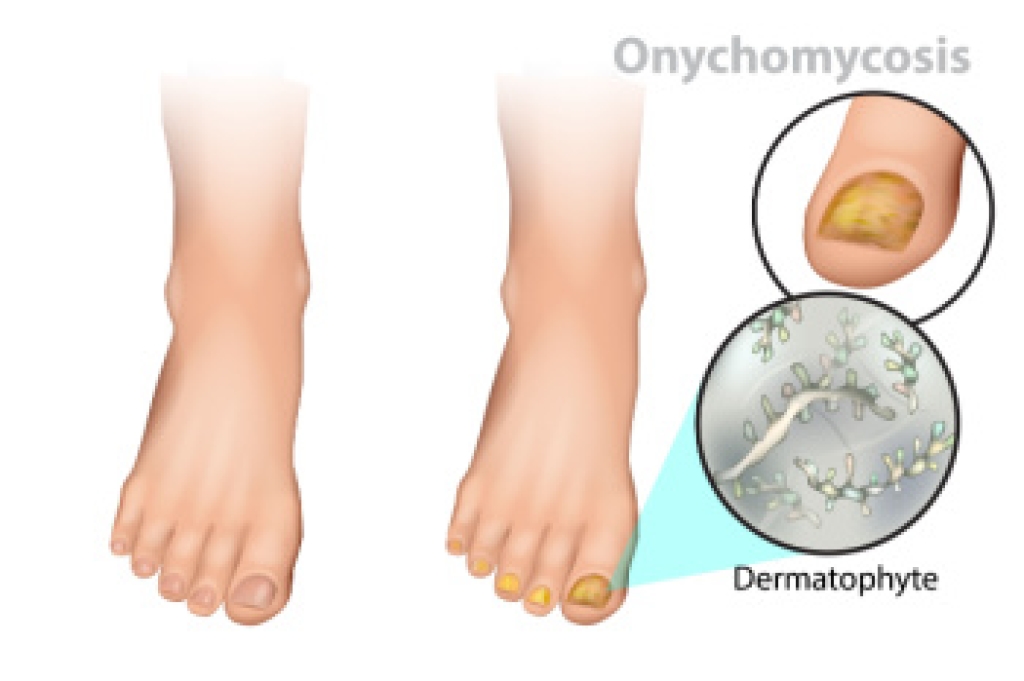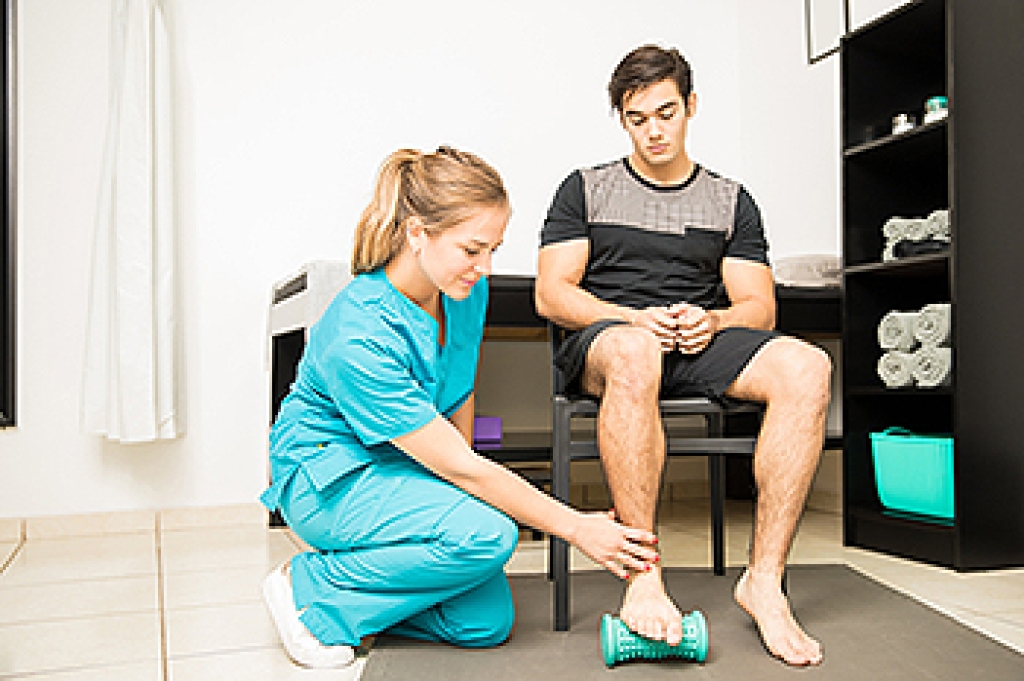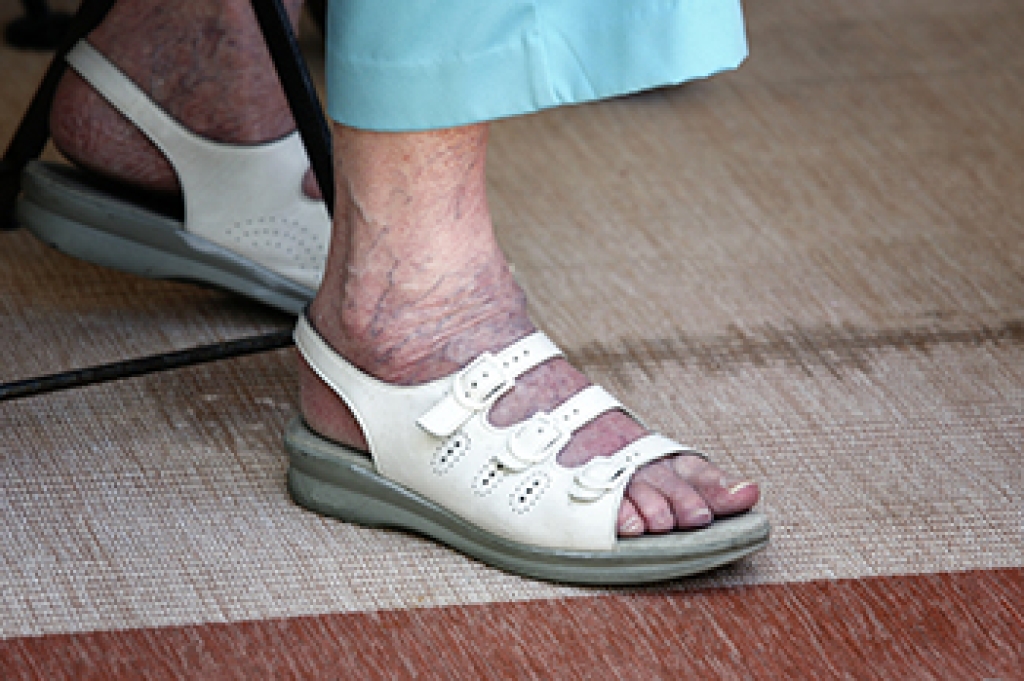
Toenail fungus and psoriasis can both cause thick, discolored, or damaged toenails, but they have different causes. Toenail fungus is an infection that develops when fungi enter the nail through small openings or cracks. The fungi thrive in moist environments like inside shoes or public showers. It can cause the nail to darken, become brittle, and sometimes give off an odor. Nail psoriasis is an autoimmune condition that affects how skin cells grow beneath the nail. It leads to pitting, yellow or brown discoloration, and buildup that lifts the nail from the bed. Because these conditions look similar, it can be hard to tell them apart without professional help. A podiatrist can examine the toenails, perform tests if needed, and provide the best treatment to restore nail health. If you notice changes to your toenails, it is suggested that you make an appointment with a podiatrist for a diagnosis and treatment.
For more information about treatment, contact one of our podiatrists of Mercer Ocean Podiatry. Our doctor can provide the care you need to keep you pain-free and on your feet.
Toenail Fungus Treatment
Toenail fungus is a condition that affects many people and can be especially hard to get rid of. Fortunately, there are several methods to go about treating and avoiding it.
Antifungals & Deterrence
Oral antifungal medicine has been shown to be effective in many cases. It is important to consult with a podiatrist to determine the proper regiment for you, or potentially explore other options.
Applying foot powder on the feet and shoes helps keep the feet free of moisture and sweat.
Sandals or open toed shoes – Wearing these will allow air movement and help keep feet dry. They also expose your feet to light, which fungus cannot tolerate. Socks with moisture wicking material also help as well.
If you have any questions please contact our office located in Toms River, NJ . We offer the newest diagnostic and treatment technologies for all your foot and ankle needs.




